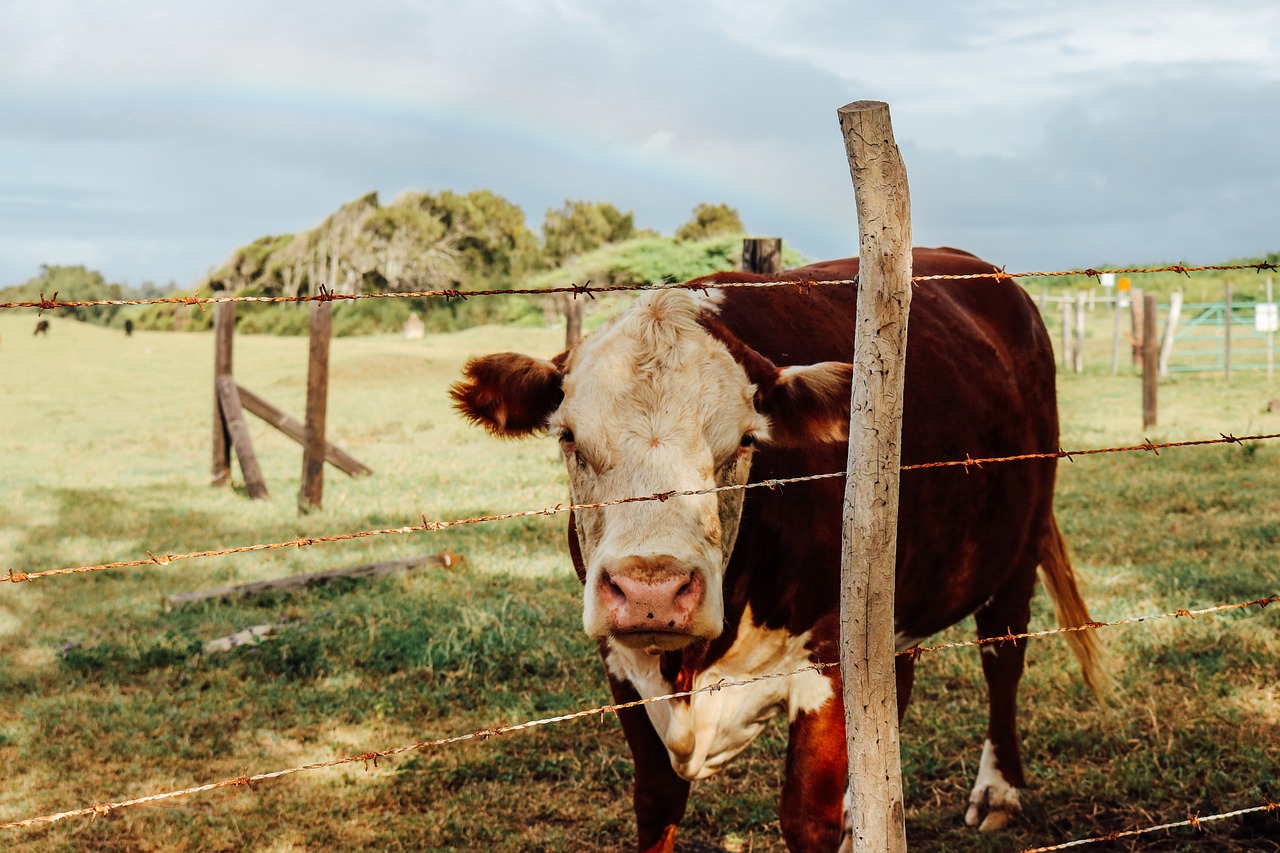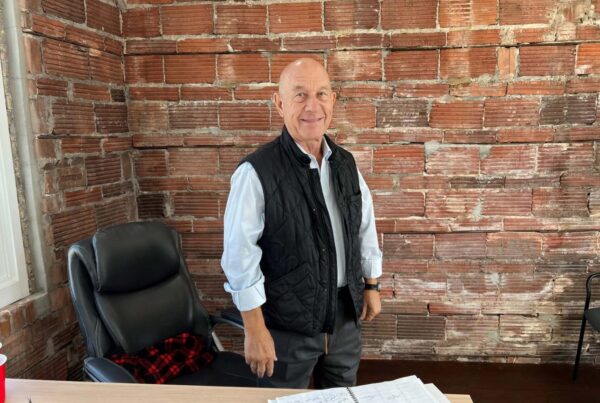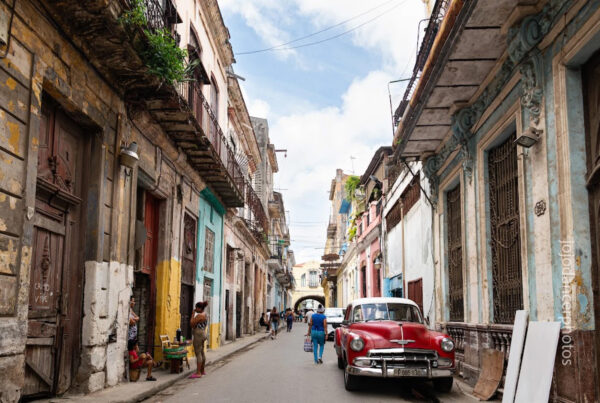On some issues, the U.S. and Mexico come into conflict. On others, they collaborate. But as neighbors, there’s no ignoring one another.
In the case of the cattle business, ranchers on both sides of the border have benefited from an instance of cooperation between the two countries.
Alfredo Corchado recently wrote about the development of cross-border cattle for the Dallas Morning News, where he is Mexico and border correspondent. He spoke to the Texas Standard about how it works. Listen to the interview above or read the transcript below.
This transcript has been edited lightly for clarity:
Texas Standard: Your story begins on a ranch in New Mexico that literally straddles the southern border. What are they doing there?
Alfredo Corchado: Every morning, there are hundreds, sometimes thousands of Mexican cattle waiting for the Customs Border Protection agent to open the gate to the border. And then you have hundreds, if not thousands of cattle running through the U.S. site.
And within seconds they are, I guess some would call it, “blessed” to become U.S. citizens. They are headed for feedlots throughout the United States, many of them to the Amarillo/Panhandle region.
So when did this begin and how many cattle enter the U.S. this way?
This has been going on for years. But over the years, because of technology and because of genetics, they are perfecting what the cattle ranchers on both sides of the border say, the perfect heifer, the perfect Angus.
And the curious thing is, if you love steaks and you’re having a steak, there is a chance that that steak you’re salivating over may not even be from Texas. It may be Mexican. It may be from Chihuahua or states like Coahuila or Sonora.
Well, and that’s interesting because I guess you talked to an agricultural economist who told you that people eating that steak might not like the idea that it came from Mexico. Was that opinion shared by others you spoke to?
Yes, in fact that they call this a process of the “gate to plate.”
I mean, the whole story with the photographer, Tom Fox, took us really from San Jeronimo, Chihuahua across the border from the rest of New Mexico all the way to the Panhandle. And so we watched the whole process develop. And, you know, at some point when the cattle come from Mexico, they weighed about 200 pounds and then it’s up to the feedlots. I mean, they kind of take over.
So by the time they hit the slaughter house, they wait anywhere from 1,200 or 1,400 pounds. They are fed on Texas grass, Texas soil. So oftentimes it’s not really clear whether they’re from Texas or from Chihuahua.
So what’s the benefit to the U.S. market to get cattle this way?
Well, oftentimes the more cattle you have, the cheaper the price because of a supply chain. We have the years when because of the drought in Chihuahua, drought in Mexico, you have less cattle and so you have higher prices. But I think ultimately both sides agree that the genetics just get better and better, and that means a better steak.
Why is it, do you think, that this is such an example of tight collaboration when there are so many examples of contentious relationships between the U.S. and Mexico?
You know, it’s a great question. And I think this is one example, I would say a good border story, because Texas has found something they have no problem crossing the border. And what the Chihuahua ranchers just kept telling me was, “if Texas has problems, we have solution.” The key is to work together, communicating with one another, and most of all, trust in one another.
One thing we found in the Texas Panhandle was this deep, deep labor shortage. And we talked to the Chihuahua producers. They said, “you know, there’s a way to make this work if we can only get away from the toxic politics.”













